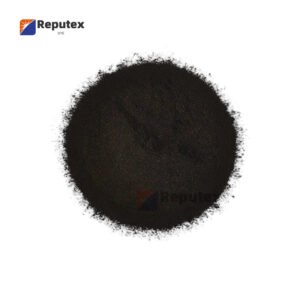Direct Yellow 11
Detailed information about the product’s features, specifications, and applications.

Direct Yellow 11
C.I.Direct Yellow 11
C.I.40000
CAS:1325-37-7
Synonymous names:Carta Yellow G (CLAR);Carta Yellow GP (CLAR);Direct Yellow R (NJC,NIEC);Direct Yellow R143 (STIE);Direct Yellow TGX (CKC);Fastusol Yellow 76L (DYS);Fastusol Yellow 76LN (DYS);Intrabond Liquid Yellow TGX (CKC); Intrape Yellow R (CKC);Kayafect Yellow K (KYK);Levacell Yellow 5RA (DYS);Levacell Yellow RR (DYS);Pergasol Yellow 5R (CIBA);Pergasol Yellow S (CIBA)
More About This Dye
Description
C.I.Direct Yellow 11
C.I.40000
CAS:1325-37-7
Synonymous names:Carta Yellow G (CLAR);Carta Yellow GP (CLAR);Direct Yellow R (NJC,NIEC);Direct Yellow R143 (STIE);Direct Yellow TGX (CKC);Fastusol Yellow 76L (DYS);Fastusol Yellow 76LN (DYS);Intrabond Liquid Yellow TGX (CKC); Intrape Yellow R (CKC);Kayafect Yellow K (KYK);Levacell Yellow 5RA (DYS);Levacell Yellow RR (DYS);Pergasol Yellow 5R (CIBA);Pergasol Yellow S (CIBA)
Physicochemical Properties:
Brown uniform powder. Insoluble impurities content ≤ 1%, moisture content ≤ 7%. Soluble in water to yield a reddish-yellow solution, slightly soluble in Cellosolve, and insoluble in other organic solvents. In sulfuric acid, it appears dark deep red, turning dark yellow upon dilution (with brown precipitation). In concentrated hydrochloric acid, it partially dissolves to yield a black solution. In concentrated nitric acid, it partially dissolves to yield a yellowish-brown solution, turning olive. The aqueous solution darkens slightly with 10% sulfuric acid, turns olive-yellow with concentrated hydrochloric acid, and forms a golden-orange precipitate with concentrated sodium hydroxide solution. With copper ions, the shade shifts greener; with iron ions, it becomes slightly darker and redder; with zinc and ammonium ions, it turns light yellowish-orange. This product exhibits strong photodegradation effects.
Applications:
Cotton and Viscose Dyeing: Bright reddish-yellow with poor leveling and migration properties. Salt should be added incrementally to control dyeing. Good cold dyeing uptake; the bath should be cooled naturally to 60°C in the final stage to enhance exhaustion. Avoid contact with copper and iron during dyeing.
Silk and Wool Dyeing: Lighter shades compared to cotton and viscose. Acrylic fibers show slight staining, while polyester remains unstained. Also used for dyeing viscose/silk blends.
Paper Coloring.






